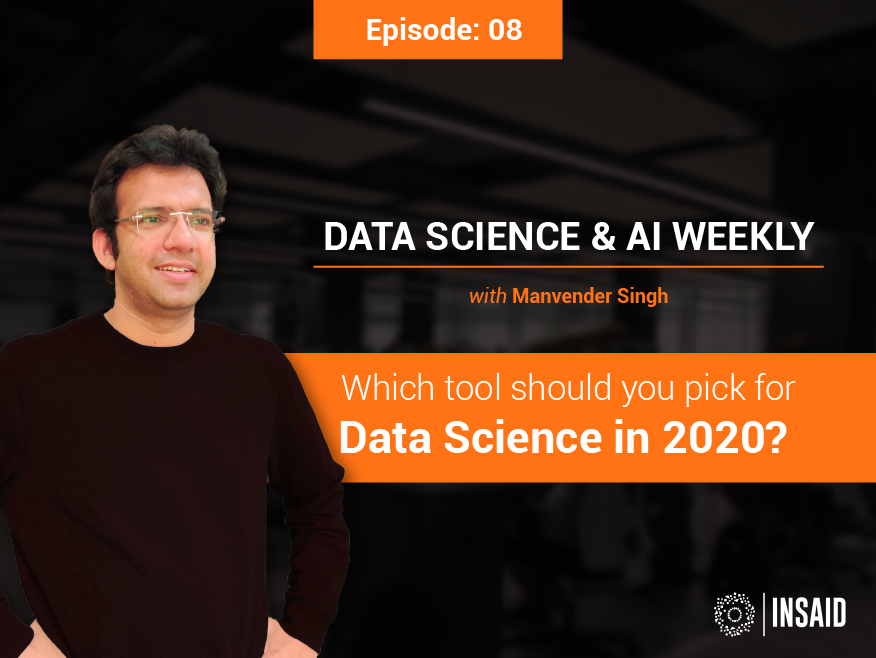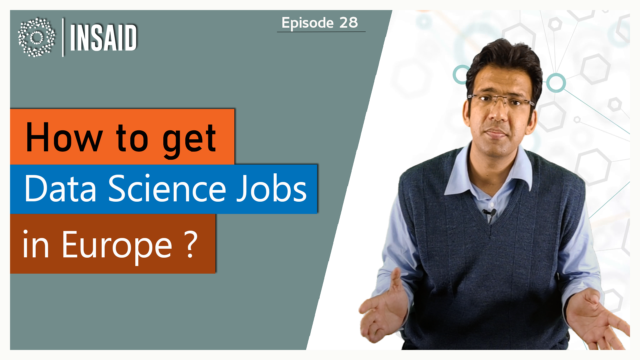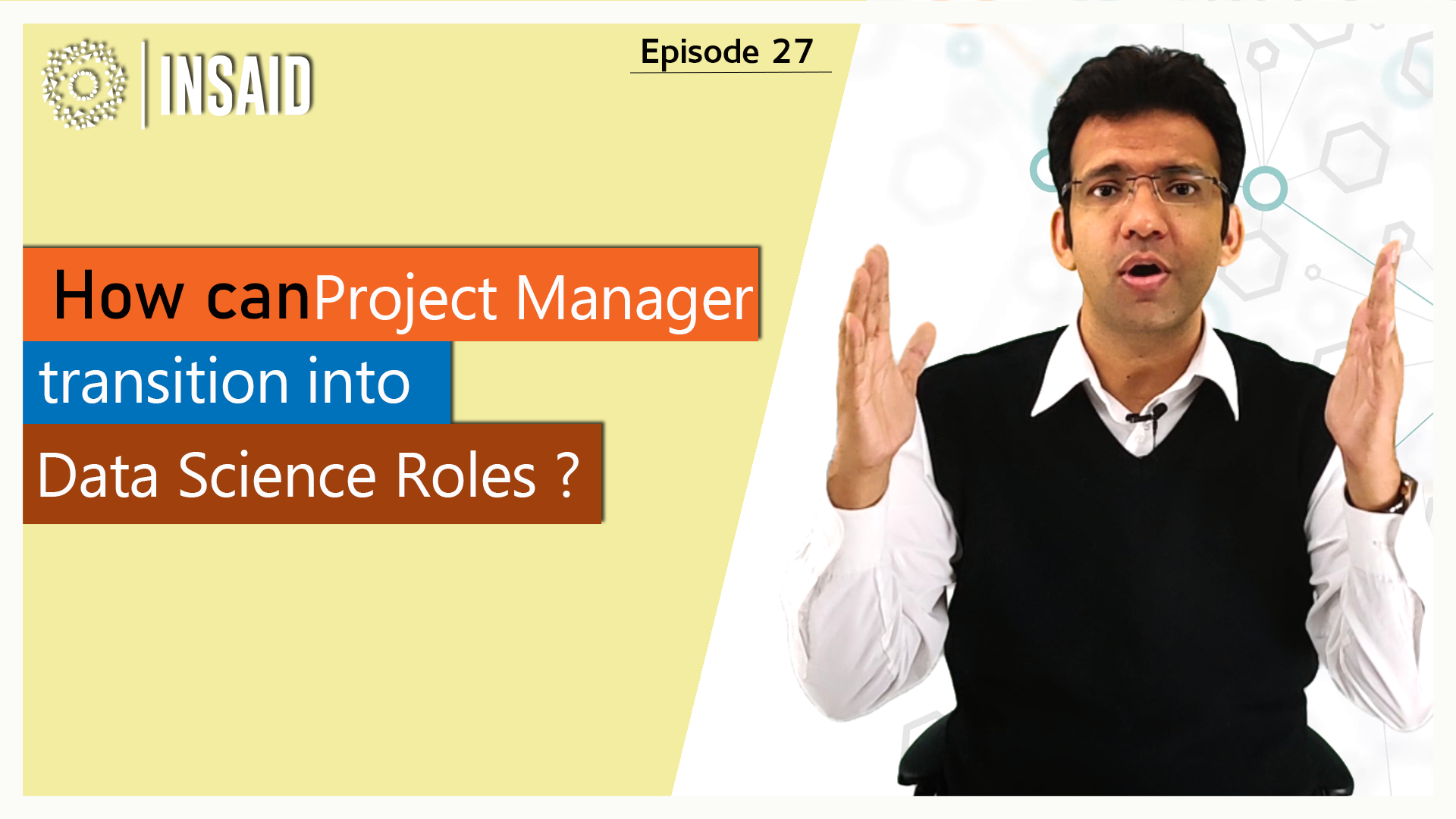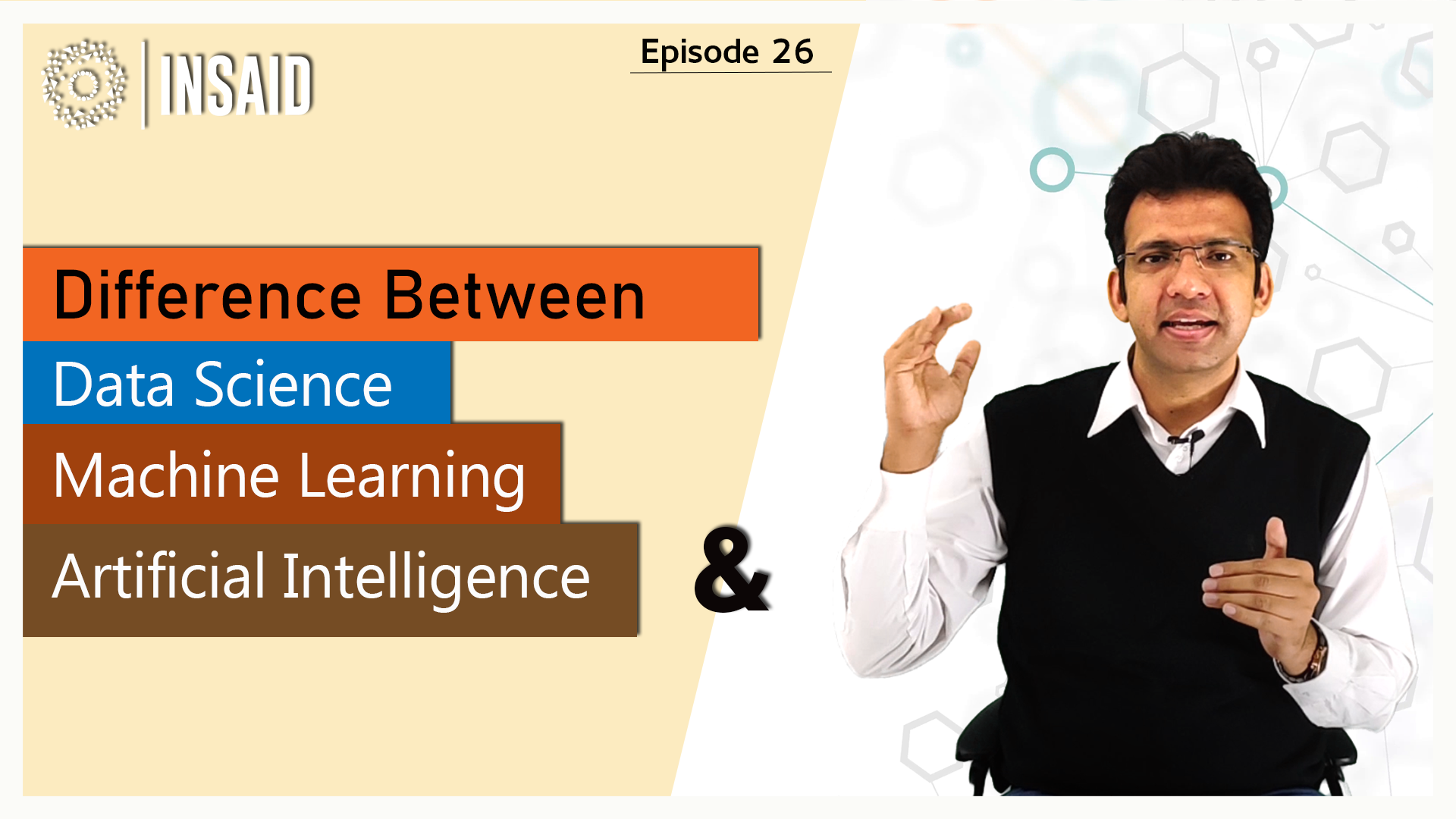In this episode #8 of Data Science and AI Weekly, we discuss the Top three programming tools a Data Scientist needs in 2020! Tune into this episode to find out more about Python, R, and SAS and their contributions to Data Science. The podcast is hosted by Manav, Chief Data Science Mentor at International School of AI and Data Science.
TIME-STAMPED SHOW NOTES:
[00:05] Topic of Discussion: Which tool should you pick for Data Science in 2020?
[00:45] Let’s talk about R!
[01:57] SAS for Data Science
[03:36] Python– Most favored Data Science Tool
[05:07] Python packages and libraries
[06:05] Wrap Up!
[06:37] Learn more about Data Science at www.insaid.co
Python or R or SAS?
Which tool should you pick for Data Science in 2020?
Hi, everyone! If this is a question that you have, Welcome to Episode 8 of Data Science & AI Weekly. My name is Manav. I’m the Chief Data Science Mentor at INSAID and in Episode 8 of Data Science & AI Weekly, we are going to discuss which one of these 3 tools should you pick for Data Science if you’re looking to master this because before getting started in this field, you want to be sure that you’re putting your efforts in the right direction.
So let’s get started with this topic by looking at all of these three tools one at a time. And let’s get started by looking at, first of all, R.
R is a tool that is used by a lot of Data Scientists across industries and across level across the world. Right. So the pros of our as a tool is it’s easy to use. It has widespread acceptance. And it has some really powerful capabilities that will help you do Machine Learning and Data Analysis to a good extent. Right. So R is good.
Now the problem with R or the downside to R is that over the last couple of years, our has fallen behind Python. Because R does not have those capabilities that Python has, especially in terms of Artificial Intelligence. And since, as a Data Scientist, a lot of work that you would be doing, it will be moving towards AI as well. So you would want to pick up a tool which supports you with AI and that’s one reason that I don’t recommend going with R as your primary tool of choice.
Otherwise, it’s a fantastic tool, but not a tool that I would recommend you start your Data Science journey with; all you spend a significant amount of time. The second tool that you might be thinking about is SAS. SAS is a great tool. It has been used primarily so far across industries where there are Data Security issues are which are very finicky about data security.
That’s why SAS is used primarily in financial services, which is being emphasized and healthcare where the compliance levels required for doing any kind of analysis with customer data or higher. And that’s what the positive thing about SAS is that it’s used by a lot of companies that has decent Data Analytics and Machine Learning capability. But the downside to SAS is that it’s paid it’s a paid tool. Unlike R and Python, it is not free of course, you need to pay a bomb to get a SAS license.
A second thing is, SAS is not recommended and does not have that great capabilities for Machine Learning and for Artificial Intelligence for a Data Scientist or AI expert. As you would know that this world is moving very, very fast in Data Science and AI and the good thing about Python as a tool, and we will come to Python in a while. And that’s where SAS lacks is that because SAS is a proprietary tool by SAS, the company, it does not experience the kind of innovation or additions that Python experiences on a monthly basis, thanks to the open-source community of Python. So SAS is good.
But on the top three list, I would rank SAS at the bottom, R at second, the first choice of tool for you if you’re looking to start out in Data Science is Python. Python currently is being used by Data Scientists across the world across the industries across the hierarchies. And the good thing about Python is, it is first of all, very simple to learn.
If you have ever coded in Python, you would know that how simple the syntax of Python is and that’s the whole reason in fact that earlier 5 or 10 years back our was more preferred for Data Science as compared to Python. But over the last couple of years, Python has become much, much simpler. The syntax is easy. And that’s why if you are a Data Scientist, especially from a non-computer science background, you might be from any other engineering background or you could even be a non-IT professional, and you can pick up Python very easily. So ease of use, number 1, number 2 is something that is the biggest trend, global accessibility is the second biggest trend. The third is it’s free. Of course, it’s open-source, so it’s moving at a very breakneck speed. The fourth and the biggest reason that Python is the number 1 tool of choice is because Python is a tool that has powerful packages and libraries that helps you do Data Science very efficiently.
For example, as a Data Scientist, you don’t want what is your fundamental job, your job is not that you should get lost in the whole ocean of syntax and packages and writing code, your goal is that you want to get the work done. So Python has four packages that helps you do a lot of things very easily.
For example, as a Data Scientist, if you want to do data transformation, Python has Pandas to help you do that if you want to do Machine Learning. Python has a library called psychic learn that will help you do to do that. And even if you want to do Artificial Intelligence, Python has the most popular library right now that AI experts use, which is TensorFlow. That is part of the Python ecosystem. And that’s why by learning Python, how you benefit is that you can learn the entire spectrum, right from Data Analysis to Machine Learning to Artificial Intelligence and all you can do all of this without having to learn 10 different languages.
It is all in one ecosystem, right? So Python is my clear recommendation that If you’re serious about mastering Data Science and this is something that I would recommend you should go for in Data Science in 2020.
So I hope that this episode helped you understand why Python is what we recommend. This was Episode 8 of Data Science & AI Weekly. My name is Manav, one of our goals through this series of podcasts is to give you the best possible insights in the world of Data Science and AI. And if you want us to make a podcast in future on one of the topics that are important to you, let us know in the comment section we read every comment. And for all you know, you might have an episode of your choice that you want us to talk about next week itself. Right. Thank you very much for listening to this episode. This was Episode 8. See you in Episode 9 on Data Science & AI weekly with another episode. Thank you for tuning in.






